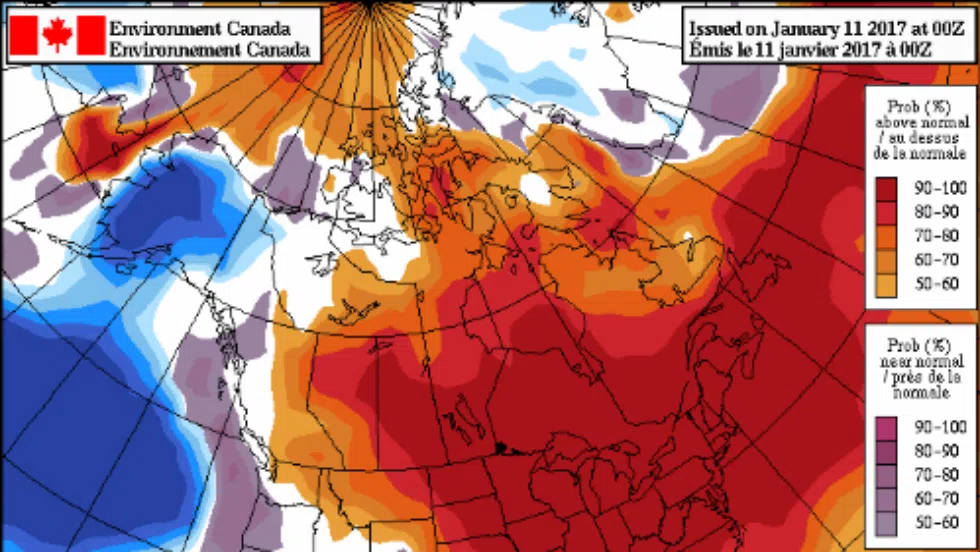
Saskatchewan to warm up significantly over the weekend
The rollercoaster ride that is Canadian weather will begin a substantial incline this weekend in Northern Saskatchewan.
After temperatures well below average started off the first half of January, Environment Canada is calling for the last two weeks to be well above average.
While today will still have wind chills reaching -40 Celsius, temperatures will start to warm up Friday and by Monday, many areas of the province will see a high of 0 Celsius.
John Paul Cragg, a warning preparedness meteorologist with Environment Canada, said the extreme change in temperatures isn’t exactly uncommon in the Prairies.


